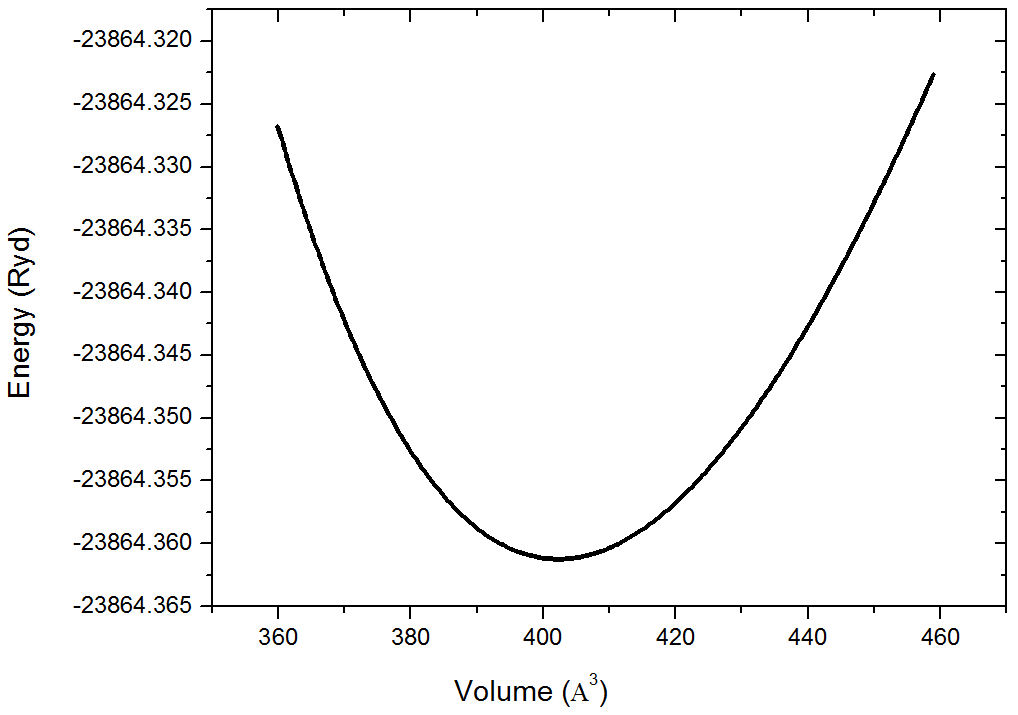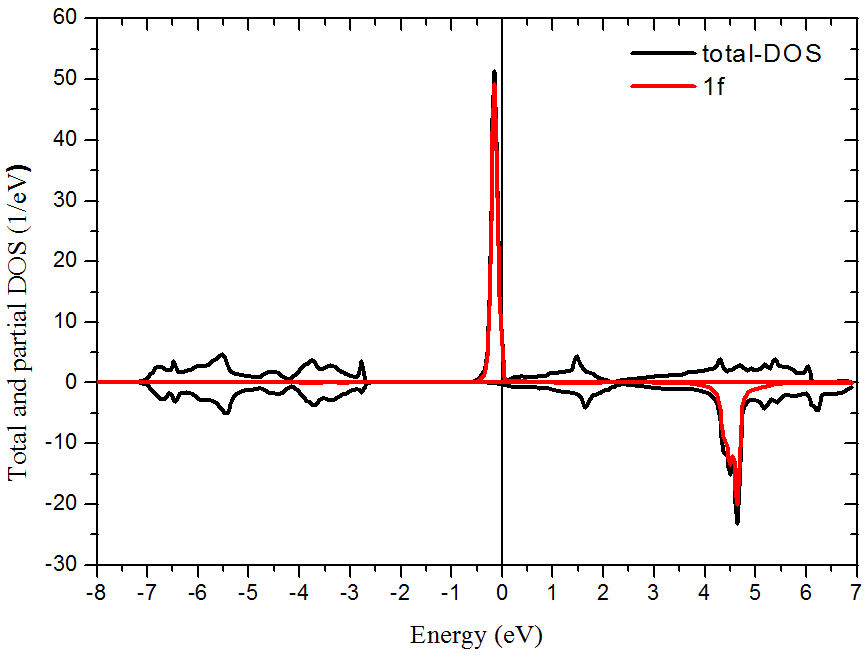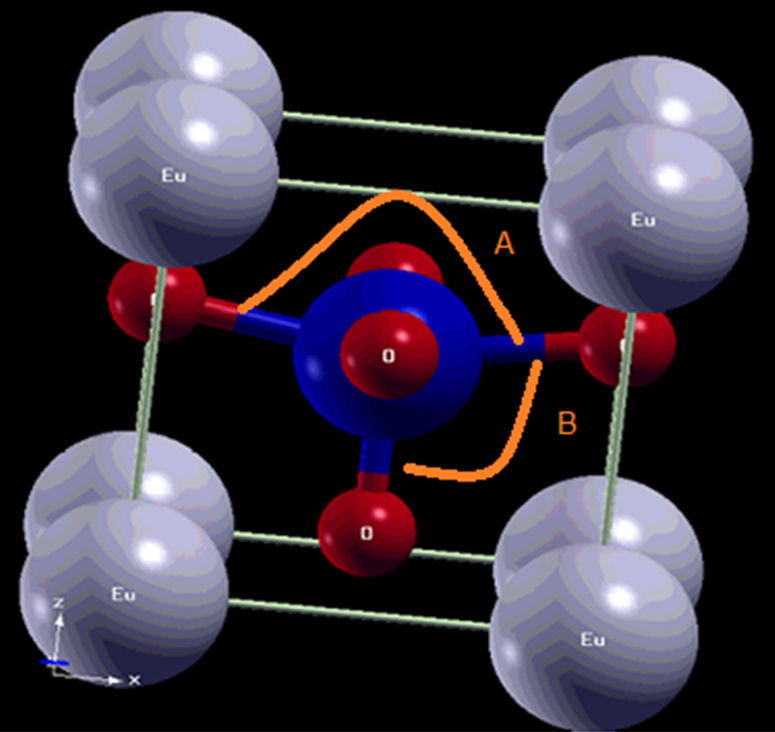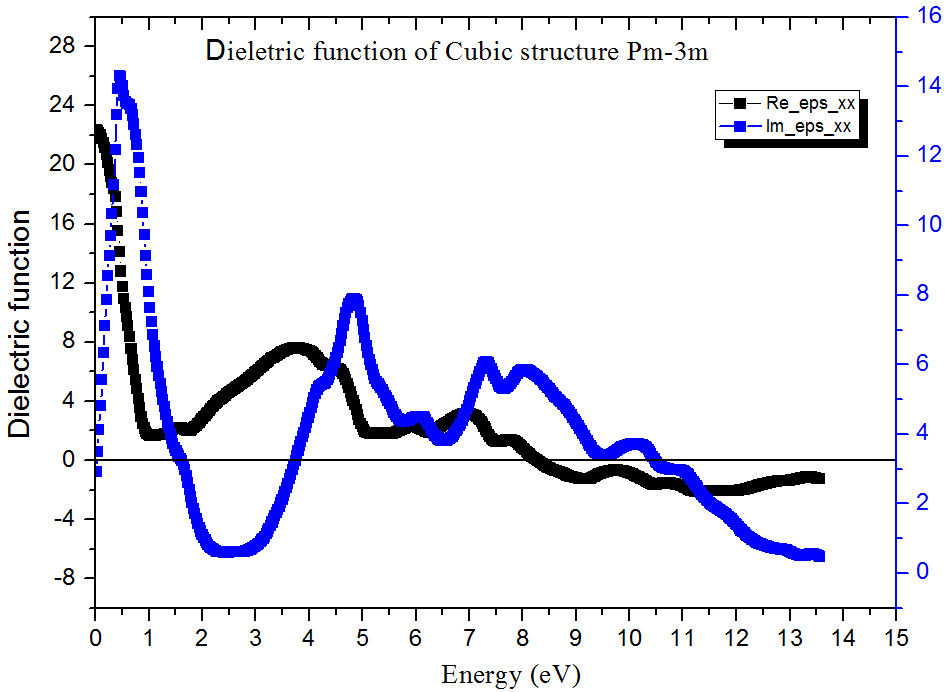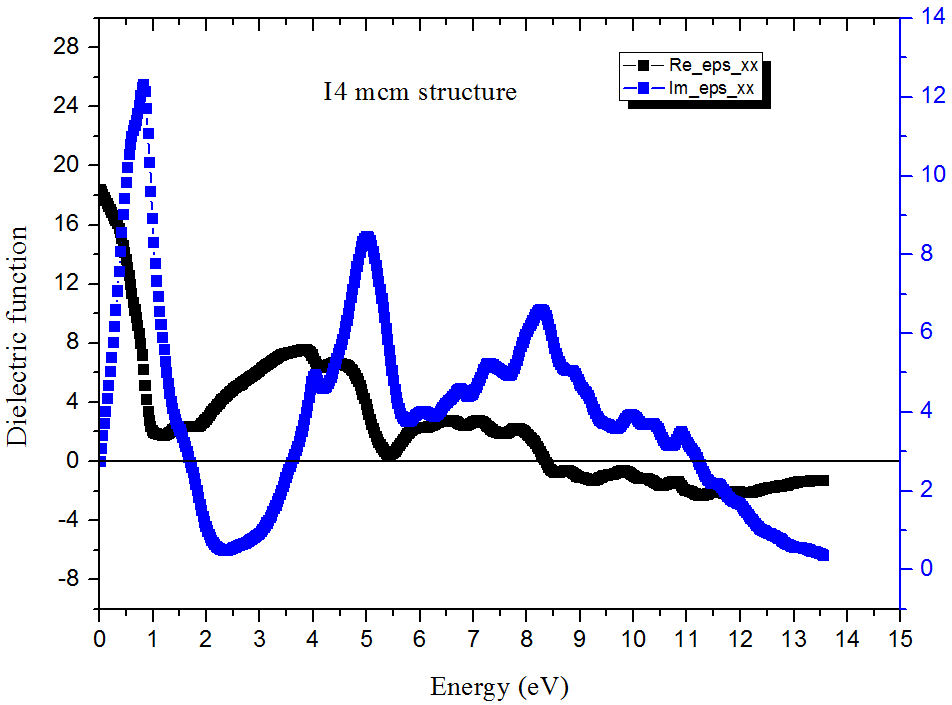1. Introduction
The coexistence of electrical and magnetic order in magnetoelectric multiferroics compounds has attracted many researchers to understand this behavior, and to have new development of novel approaches for obtaining functional responses, either linear magnetoelectric effect or crossed switching phenomena at room temperature [1]. The main goal is to control polarization with a magnetic field or magnetism by an electric one, such as electrically tunable microwave components and spintronic devices [2], and the long-searched electrical-writing, magnetic-reading random access memory [3].
The multiferroic system could be a superlattice, 3D compound or thin film 2D, the
research is focused with the novel approaches to obtain single-phase materials with
room temperature magnetoelectricity a highly topical set of materials like those
ABO3 perovskite oxides, in which multiferroicity is chemically engineered by placing
ferroelectrically and magnetically active cations in A- and B-site, respectively.
This is the case of the BiFeO
Europium Titanate, EuTiO
EuTiO
Experimental and theoretical works have been done in[11] and both of them show strong M- and R- point in Brillouin zone instabilities in cubic Pm-3m structure. The system has a tendency to have another structure stability with antiferrodistortive rotations of the octahedra. The system has a lower energy in one of these structures: I4/mcm, Imma, R-3c.
In EuTiO
Other works have been focusing on the phase diagram of a quantum paraelectric
antiferromagnet EuTiO3 under an external electric field using
Landau-Ginzburg-Devonshire theory. It was shown that the application of an external
electric field leads to the appearance of a ferromagnetic phase due to the
magnetoelectric coupling. In particular, at some electric field larger than the
critical field (
Magnetoelectric coupling in EuTiO
The ferroelectric phase with magnetic ordering can be forced by using heterostructure
or using mismatch strain on the thin film by substrate like EuTiO3 grown
on DyScO
Microscopic origin of the mixing characteristics of the low-energy polar mode in
cubic EuTiO3 is the coupling of the 4f orbitals of Eu
This conclusion is compatible with the results of Ref.[18], where it was shown that the increasing volume of cubic EuTiO3, i.e. decreasing f-d hybridization, turns the low-energy mode to be unstable, with Slater-type atomic displacement. Nevertheless, it is still not clear what is the effect of the oxygen vacancy on the structural stability of EuTiO3.
According to these all results cited above, our study will be focused on the electronic, magnetic and optical properties of EuTiO3 in cubic, pseudo-cubic, and tetragonal structures, using the first principle methods, we will confirm the instability of cubic structure and magnetic order change in the different structure. The electric polarization is also computed, the effect of oxygen vacancy will also be studied.
2. Theoretical investigation
2.1. Computational details
In order to describe more the electronic, magnetic and optical properties, for
our system, all the calculations are performed using the FP-LAPW method, as
implemented in the WIEN2k code [19],
Generalized Gradient approximation (Perdew-Burke-Ernzerhof form) [20] is used to treat the exchange
correlation functional. The relativistic and spin-orbit effects are also taken
into account. The basis quality is measured by the product
The cut-off energy, which defines the separation between the core and valence
states, was set to
The polarization values given in our work are computed using the Berrypi package [22].
3. Ab initio results
3.1. Optimizations
In order to investigate the electronic properties of a cubic system, we start our calculations by the volume optimization as it displayed in Fig. 1.
EuTiO
EuTiO
The tetragonal structure has a lower formation energy, as we can see the values in Table I. The cubic and pseudo-cubic phases are instable; therefore, we expect ferroelectric behavior in both of them, the same remark we have in the case of oxygen vacancy.
Table I. Lattice parameter and formation energy for EuTiO3 in different phase, the values of lattice parameter are taken from [24,25].
| Pm-3m(221) | P4mm (99) | I4/mcm (140) | Cubic phase with | |
| Cubic 300 K | Pseudocub 93 K | Tetragonal (100 K) | O-vancacy-8.3% | |
| Lattice parameters Å | a=3.06 | a=3.902 | a=5.51 | a=3.306 |
| c=3.908 | c=7.8 | |||
| Formation energy |
|
|
|
|
3.2. Electronic properties of Cubic and tetragonal structure
The total and partial density of states (Fig.
1 and 2) show the only magnetic
atom is Eu having Eu2+ and 4f7 in valence states, the 4f
states are localized near to Fermi level given a metallic character in the
system. With a magnetic moment of 6.9
In tetragonal structure I4-mcm (Fig. 3) the
system became an insulator having a band gap of
3.3. Magnetic properties of cubic and pseudo, cubic and tetragonal phase
In order to determine the stable ground state of EuTiO3, the total
energy calculations corresponding to ferromagnetic (FM) and antiferromagnetic
(AFM) phases must be performed. Therefore, we consider
Table II. Magnetic coupling and stability in different case studied for EuTiO3.
| Magnetic coupling (eV) | stability | |
| a=3.906 |
|
AFM G |
|
|
AFM A | |
| 3.92 | 0.083 | FM |
| Structure P4mm | 0.041 | FM |
| I4 mcm |
|
AFM G |
| Displacement of O atoms |
|
FM |
The ferromagnetic behavior is very sensitive to volume system or type of atomic positions. With an optimized value of lattice parameter, we have an antiferromagnetic phase G-type in cubic and tetragonal structure, while the small increase of lattice parameter value allows the system to get a weak ferromagnetic coupling.
The other cases presented in Table II have ferromagnetic behavior, we can give the following explanations for this change:
-According to the rule of Good-enough Kanamori, the angle between the atoms plays
an important role [26] in magnetic
behavior, when the angle between Ti and Oxygen atoms equal to 180
-In Table II, for the last case, the displaced oxygen position of 0.01 in the z-direction, and third case, the angle of O-Ti-O is no more plane as displayed in Fig. 6, we noticed this angle by A which equal to 162∘, then we have ferromagnetic behavior. The oxygen atom plays an important role as mediator to conserve this behavior.
3.4. Optical properties and the parameters which act on the polarization
In order to complete our study, the ferroelectric system has a high value of dielectric constant, so we have computed the optical properties of cubic and tetragonal phase (I4-mcm) to prove our results about the polarization change between both structures.
The dielectric constant value decreased from
Table III. Value of polarization in both ferromagnetic and AFM cases for cubic structure.
| Cubic | FM | AFMG | Ti-O band- |
| structure | (C/m2) | (C/m2) | lengths (Å) |
| a=3.906 (Å) | P= 0.51 | 0.524 | 1.95 |
| a=3.92(Å) | 0.78 | 0.89 | 1.96 |
| Displacement z=+0.01 | P=0.54 | 0.58 | 1.92 |
Table IV. Value of polarization in different cases of EuTiO3.
| Polarization C/m2 | |
| Cubic structure | 0.6 |
| Experimental value |
|
| O vacancy | 0.29 |
| Tetragonal structure I4-mcm | 0.35 |
| P4 pseudo cub (P4mm) | 0.76 |
This material contains magnetic Eu with spin 7/2, which undergoes antiferromagnetic order at TN ∼ 5.3 K [5]. Magnetic order in this material couples to polarization fluctuations as shown in Table III. Electric polarization in this material is due to the variations of Ti-O bond-lengths from their equilibrium values.
The polarization value computed is very close to the experimental one in a cubic structure, we noted a high dependence between polarization, magnetic order and structural properties like defect on strain (change in lattice parameter). These results confirm the ferrodisplacive character of this material.
To explain these results many physical notions could be used here, because our system present magnetic and ferroelectric properties, and instability in lattice related to the phonons vibration.
The so-called “soft mode” theory is a theoretical ferroelectric phase transition model in which a mode of vibration of the crystal lattice (or phonon) plays a predominant role. The most commonly studied and exposed case is that of a phase transition as a function of temperature T, we can identify this transition by considering the change of polarization versus T or dielectric function versus T.
The static dielectric value is related to the optical and acoustic polar phonon mode, as follows [26]:
According to this relation, the change of dielectric constant is related to the polar phonon mode, which originates from the rotation motion of TiO6 octahedra and the change of angle between Ti and O.
All these parameters affect the polarization and ferroelectric behavior which is directly related to the spin order and a super exchange between Eu2+ 4f spins via the 3d states of the Ti4+ ions.
4. Conclusion
Finally, in this work, we have tried to describe more the magnetic, optical properties of three structures of EuTiO3 which exist in three different temperatures, EuTiO3 is antiferromagnetic G-type and has a strong value of dielectric constant and electric polarization. We have shown that the magnetic coupling is very sensitive to the volume change,and the angle between Ti and O.
In this system, known as multiferroic, a structural transition is accompanied by the change in magnetic or electric order, strong magneto-electric could be proved and more detailed, these results open the door to higher temperature implementations of ferromagnetic or ferroelectric ordering for an important application such as: magnetic sensors, high-density multistate memory elements, wireless powering of miniature systems.











 text new page (beta)
text new page (beta)

